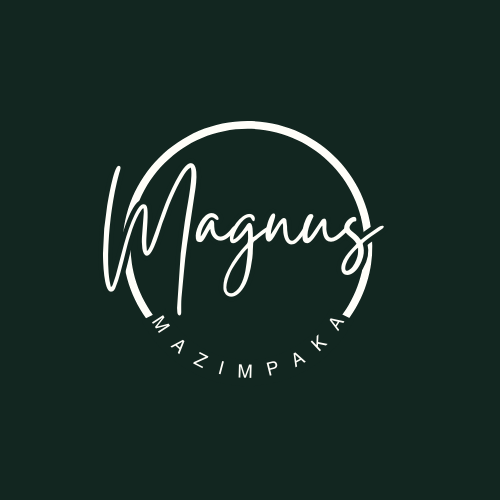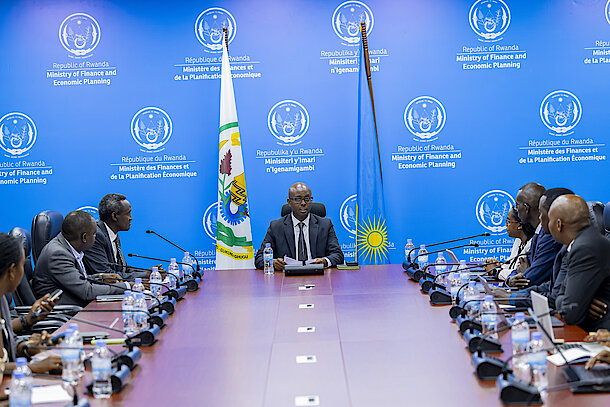Rwanda’s economy expanded by 8.1% in the third quarter of 2024, marking yet another strong performance for the year, following 9.8% growth in the second quarter and 9.7% in the first. This brings the average growth rate for the first nine months of the year to 9.2%, highlighting the country’s sustained economic momentum.
The latest figures, presented by Ivan Murenzi, Director General of the National Institute of Statistics of Rwanda (NISR), during a press conference earlier today, place Rwanda among Africa’s fastest-growing economies. The total Gross Domestic Product (GDP) for Q3 was valued at Rwf 4,806 billion, an increase of Rwf 560 billion compared to the same period last year when GDP stood at Rwf 4,246 billion. For ordinary Rwandans, this means the economy added over half a trillion Rwandan Francs of new activity within a year.
Rwanda’s economic structure remains dominated by the services sector, which contributed 49% of the GDP. Industry followed at 20%, while agriculture accounted for 24%. Net taxes made up the remaining 7%. Speaking alongside NISR’s DG, Finance Minister Yusuf Murangwa outlined the government’s strategy for sustaining this upward trajectory, emphasizing infrastructure development, innovation, and boosting export performance.
The services sector led the economy’s growth, expanding by 10% in Q3. Within services, wholesale and retail trade grew by 19%, reflecting strong domestic consumption. Hotels and restaurants posted 17% growth, a sign that tourism and hospitality are recovering strongly. Financial services expanded by 15%, driven by growing access to banking and financial products, while telecommunication services surged by 19%, as digital adoption and demand for connectivity soared. Transport activities grew by 8%, boosted by increasing mobility and logistics activities.
Industry, which grew by 8%, showcased impressive progress in specific areas. Mining and quarrying, in particular, surged by 26%, driven by increased global demand for Rwanda’s mineral exports.
Electricity production grew by 20%, supported by new renewable energy projects, while manufacturing expanded by 5%. Within manufacturing, chemicals, rubber, and plastic products grew by 20%, and metal products, machinery, and equipment grew by 14%. However, food processing saw a slight decline of 1%, after robust growth last year. The construction sub-sector grew by 5%, signaling continued infrastructure investments despite global challenges.
Agriculture, the backbone of the rural economy, recorded 4% growth overall. Export crops were the main driver, increasing by 16%, largely due to a 22% surge in coffee production. Meanwhile, food crops grew by 2%, ensuring stability in domestic food supplies.
On the expenditure side, household consumption remained the largest component of the economy, accounting for 75% of GDP. Government spending contributed 15%, while investments in infrastructure and capital goods made up 19% of GDP. Notably, exports of goods and services increased by 30%, while imports rose by 8%, showing strong international demand for Rwandan products.
Murenzi, underscored the importance of sectoral diversity in driving growth, stating, “Our economy is showing impressive momentum, with services and industry driving growth while agriculture provides a stable foundation.” Finance Minister Yusuf Murangwa added that the government remains committed to long-term investments that will solidify this growth. “We are focused on fostering a business-friendly environment, growing our export base, and strengthening key sectors to ensure sustainable development for all Rwandans,” Murangwa said.
When questioned about challenges such as rising global inflation and trade disruptions, Minister Murangwa acknowledged the risks but assured journalists that fiscal policies and targeted investments are in place to mitigate their impact.
For perspective, the numbers tell a powerful story of economic progress. Between Q3 2023 and Q3 2024, Rwanda’s economic growth was added over Rwf 560 billion in new value, driven by trade, tourism, and rising industrial output. On average, Rwanda’s economy has grown by 9.2% across the first three quarters of 2024.
As Rwanda’s economy continues its ascent, the country’s leadership is confident about finishing the year strong. With services, industry, and export-driven agriculture leading the charge, Rwanda is well-positioned to meet its annual growth targets and reinforce its standing as a model of resilience and economic success in the region.


